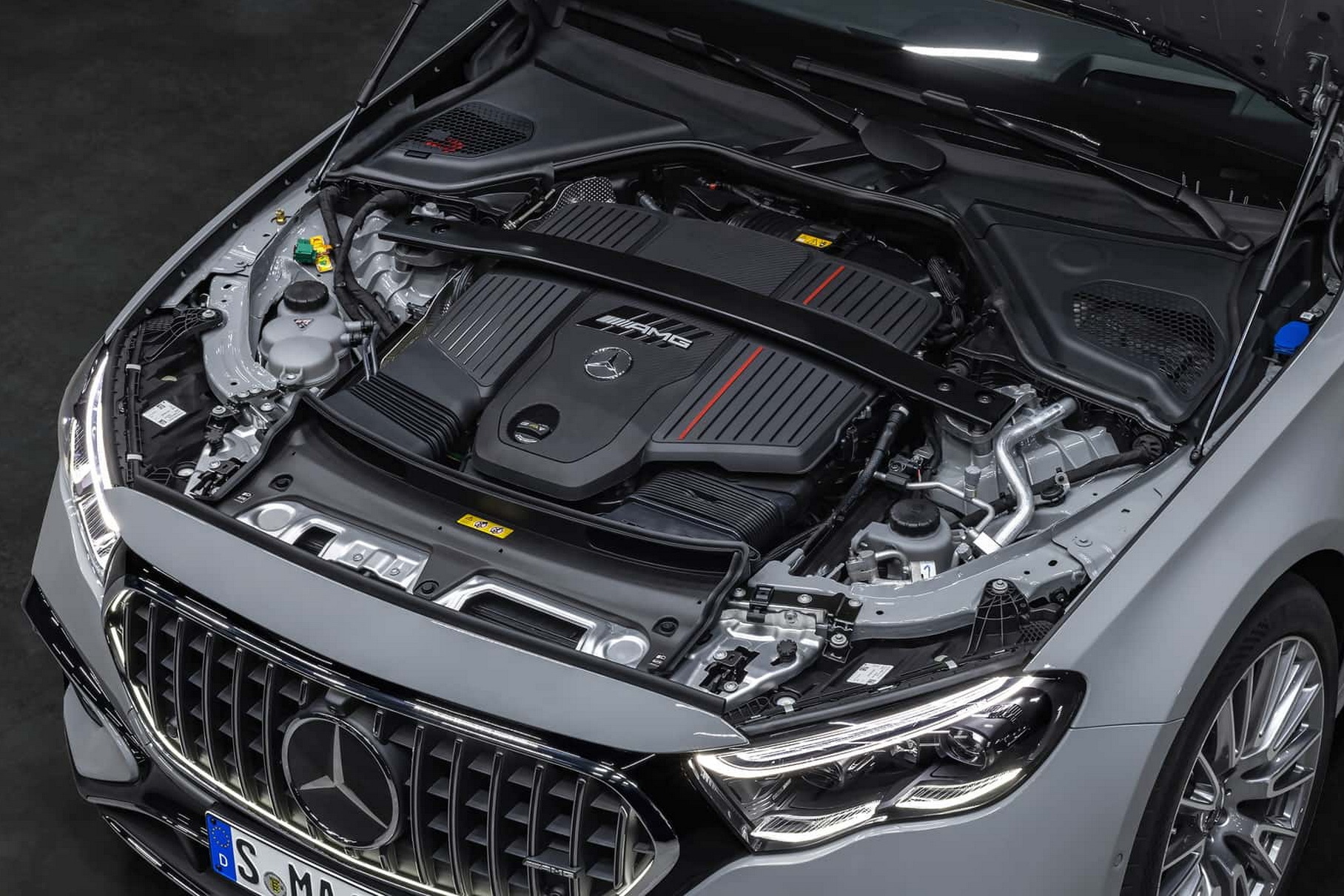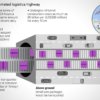In an interview with Wirtschaftswoche, the group’s CEO Ola Källenius made it clear that without significant investments, fossil fuel power units would become uncompetitive by 2027 or 2028. Therefore, Mercedes-Benz had to redistribute resources and start spending “more money than previously planned” on internal combustion engines. The first to receive modernized internal combustion engines could be the updated S-Class W223.
More resources were spent on restyling the Mercedes-Benz S-Class than is usually spent on a mid-life cycle update, Ola Källenius admitted. The top manager did not specify exactly how much was invested in internal combustion engines, but annual investments in new technologies for passenger cars amount to $14 billion.
Flying over Le Mans: how the Mercedes CLR got off the ground Very powerful and fast: “old school” crossovers Forgotten concepts: Mercedes-Benz ESF 22
The need for significant investments in internal combustion engines is explained by the tightening of environmental standards: all combinations of engines and gearboxes must be configured in such a way as to avoid large fines. Ola Källenius confirmed that all future engines will be electrified to one degree or another, so the range of mild and rechargeable hybrids will only expand.
Although the plan for total electrification of Mercedes-Benz has failed, the goal of becoming a carbon-neutral company by 2040 still remains. By 2030, the share of hybrids and electric cars should reach 50%. But the project for a new platform for the Mercedes-Benz EQS, contrary to rumors, has not been cancelled: Ola Källenius said that the development of the architecture is ongoing.
“Green” tomorrow Mercedes-Benz: seven cars that look into the future







